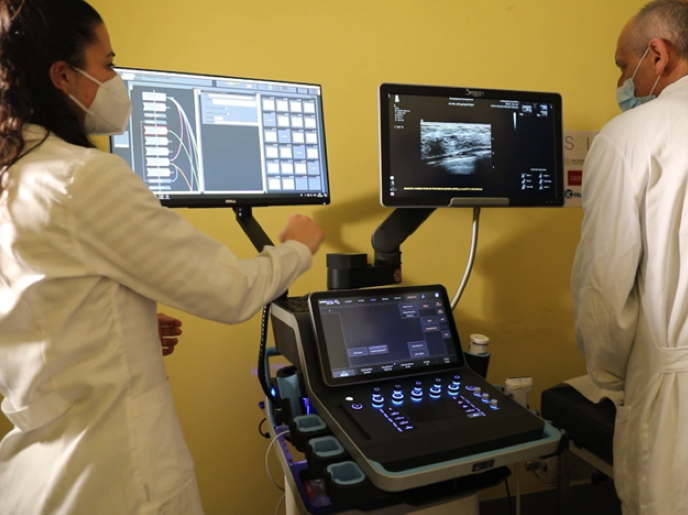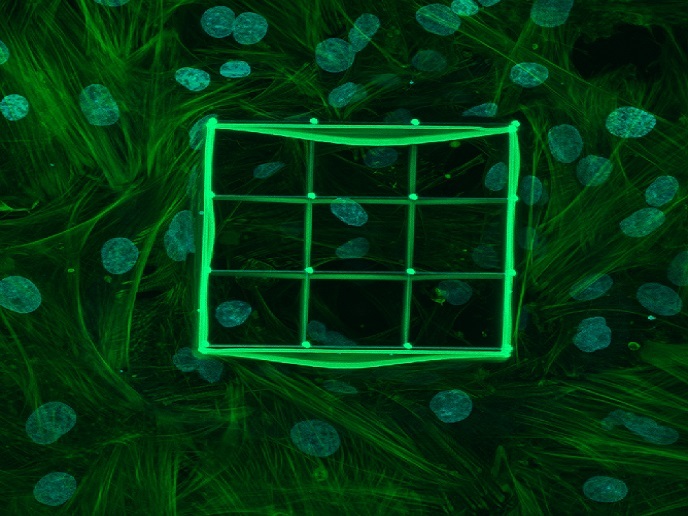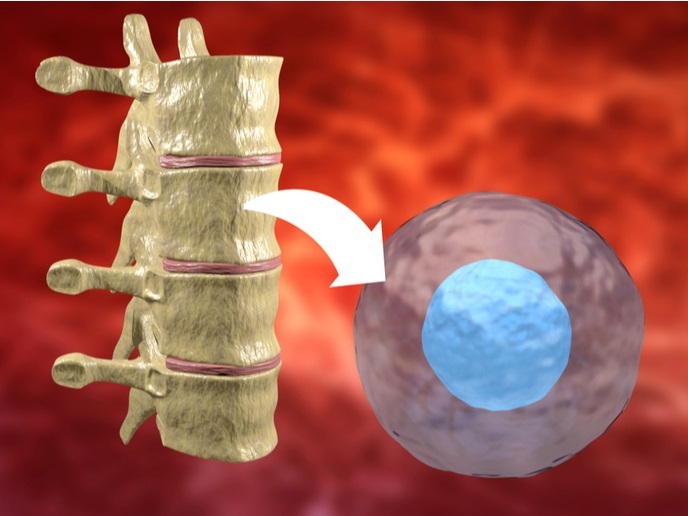Finding the origin of breast cancer
Similarly to normal tissues, where regeneration occurs through a small pool of multipotent cells known as stem cells, certain types of cancer are thought to originate from cancer stem cells. Recent evidence on breast cancer suggests that transformation could have originated in mammary secretory luminal cells, basal myoepithelial cells, or mammary stem cells. Overexpression of the human epidermal growth factor receptor 2 (Erbb2 or HER2) has been linked with aggressive types of breast cancer, suggesting that it could act as a biomarker for disease progression. HER2 is capable of tyrosine kinase activity – the addition of a phosphate group to a protein – and seems to be involved in many signal transduction pathways. However, the precise function of this receptor in mammary stem cells and its link to breast cancer development remains poorly understood. Seeking to delineate the role of Erbb2 in breast cancer, the EU-funded project ‘The influence of Her2 status on mammary stem/progenitor cells’ (HER2 Mammarystemcell) studied the effect of Erbb2 overexpression in stem cells. By using a mouse model of breast cancer, project scientists investigated the role of Erbb2 in the normal mammary gland epithelium as well as in the pre-neoplastic mouse mammary gland. Results showed that Erbb2 overexpression drove carcinogenesis by altering its relation with other Erbb family members, thereby disrupting the network of normal cell signalling between luminal and basal epithelial cells. Additionally, when Erbb2 overexpression was restricted to luminal cells, subsequent cell transplantation into animals showed that the tyrosine kinase activity of the Erbb2 receptor was sufficient to drive mammary gland transformation. Through the association of Erbb2 with the cell of origin and tumour development in breast cancer, the HER2 Mammarystemcell initiative provided novel insight into the biology of normal and neoplastic mammary cells. The findings of the study have the potential to act as future prospective avenues for therapy of these aggressive cancers.







